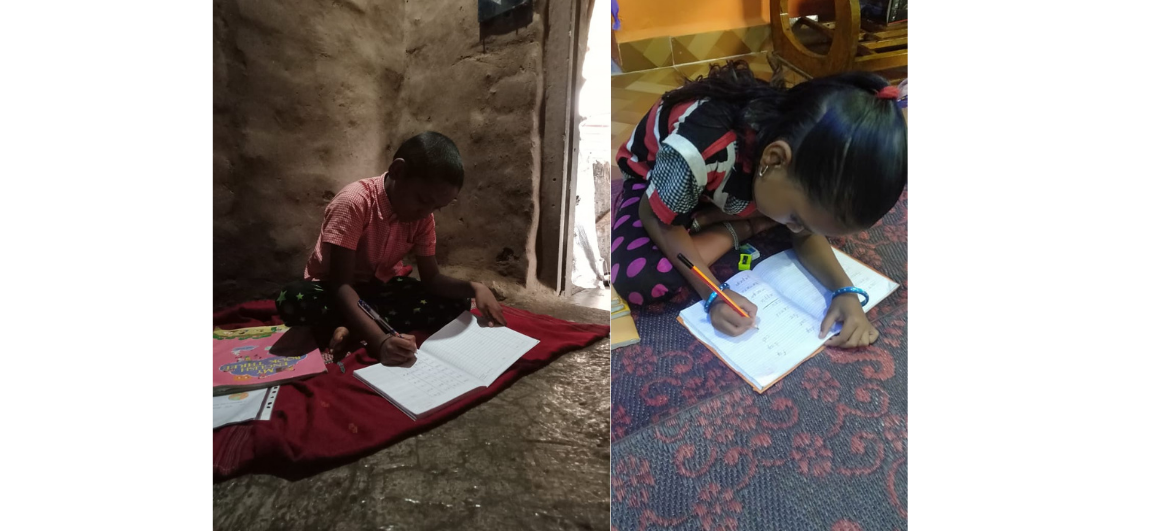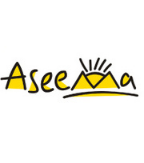Quis autem velum iure reprehe nderit. Lorem ipsum dolor sit nulla or narjusto laoreet onse ctetur adipisci.

Aseema Charitable Trust
Supported by: Wipro Cares
About Aseema
We are a Mumbai-based, non-governmental organization with a mission to equip children from marginalized communities with high-quality, value-based education; thus, enabling the development of their limitless potential. Our philosophy can be communicated through the below objectives:
- To draw out the child’s inherent love for learning
- To enhance the child’s self-esteem and make it the foundation of her integrated development
- To establish a child-centered approach in which teachers value the child unconditionally and respect her feelings and opinions
- To create a learning environment that is meaningful and fun, yet challenging and capable of encouraging the child to make clear and informed choices.
- To encourage and enthuse the child to pursue formal schooling, thereby providing the foundation for acquiring further skills
- To promote and help children inculcate values such as inner peace, calmness, courage, and compassion
Location
Over the past 25 years, Aseema has worked extensively with children living in slum communities in Mumbai and remote tribal communities in Igatpuri, Maharashtra.
Program updates
At present, over 3,000 children receive holistic education at our schools in Mumbai and Igatpuri. We are proud to share that 800 alumni have graduated from Aseema schools and are currently employed or pursuing higher education. Additionally, Aseema reaches out to another 5,000 plus students through the training programs offered to other organizations working in the field of education.
In Mumbai, Aseema works in partnership with the Municipal Corporation of Greater Mumbai (MCGM) to create centers of excellence within the public education system. We have adopted the English medium sections of the Pali Chimbai Municipal School, Bandra West, Santacruz (West) Municipal School, and Kherwadi Municipal School, Bandra East. The next academic year will see the addition of our fourth school in Mumbai, the Pereira Wadi Municipal School.
Our Reach
| Program | No. of children |
| Kherwadi Municipal School | 1,603 |
| Pali Chimbai Municipal School | 884 |
| Santacruz Municipal School* | 152 |
| Aseema Bal Shaikshanik Kendra
& Aseema Sitabai Kavji Mengal Anganwadi |
488 |
| Total: Direct Impact | 3,127 |
| Training Program and other Interventions | 5,356 |
| Aseema Alumni | 800 |
| Total no. of children impacted | 9,283 |
| *The students of SMS are temporarily studying in Shahaji Raje Municipal School (SRMS) as the SMS school building is currently undergoing redevelopment.
|
|
Future plans
As we emerge from the pandemic, it is important to reflect on the impact it has had on our students. In this financial year, we have concentrated on providing counseling support to students.

